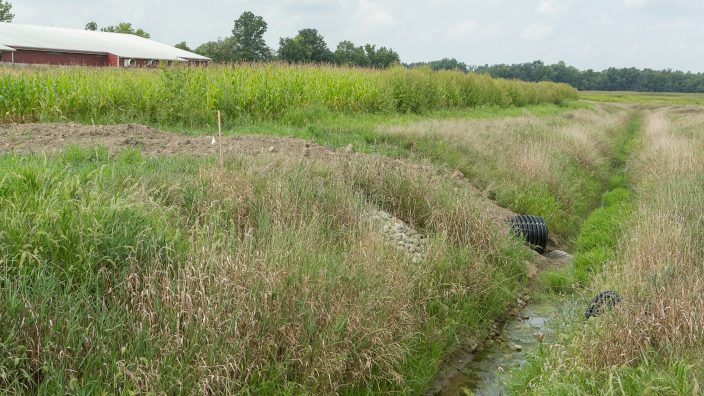Farmer’s Guide to Trucking Regulations available to Ohio Farm Bureau members
The guide includes a farm driver checklist, overview of state and federal regulations and exemptions, CDL qualifications and more.
Read More
On the latest edition of Field Day, Ohio Farm Bureau’s Director of Water Quality and Research Jordan Hoewischer talks with Dr. Larry Antosch, senior director, policy development and environmental policy for Ohio Farm Bureau. Antosch gives an overview of the state of water quality in Ohio and sets the stage for future updates on what is going on in terms of the health of Lake Erie, nutrient loading, and laws and regulations in place.
Antosch has been working on behalf of Farm Bureau members in the water quality area for the past 19 years.
Field Day with Jordan Hoewischer is an ongoing series of conversations with experts and leaders who are helping to shape and secure the future of Ohio’s ag industry for generations to come.
Following are some highlights from Episode 7. Complete transcript
A. Basically since about 2010, that was when some of the first issues but some of the photographs were surfacing dealing with harmful algal blooms, blue green algae and cyanobacteria. And that was with the Grand lake St. Marys. All of a sudden we’re seeing a higher amount of dissolved phosphorus entering the system leading to the harmful algal blooms. So attention mainly has been up in the northwest Ohio, a lot of focus on harmful algal blooms, but we do have water quality issues and water quality concerns across the whole state.
A. Well unfortunately it’s one of the major players in the whole situation and it’s one that we have no control over, from the standpoint of if we could program out when we want the rainfall to come in what amounts in all that, I’d be golden and I could retire and I’d be sitting pretty somewhere. Because of the way that we’re seeing these changing rainfall patterns, the fact that we’re having cooler temperatures early on, the fact that we’re seeing the higher intensity, the skies opening and getting the inch in about 10 minutes or 15 minutes rather than that all day soaker is having a major influence on how much is washing off the landscape and being transported downstream.
A. Yes. You have to realize that today we’re in the times when people want to see instantaneous results. They want real time information they want real time. You know, you changed your management practice yesterday so why am I not seeing water quality improvements today? We know that natural systems take time to re-adjust. From an agricultural watershed, it’s not unrealistic to have 10 to 20 years after management practices in place to ultimately see what the impact is in the stream system itself. That lag time is one that I don’t think there’s an appreciation for that lag time. Now what we can do is start monitoring smaller watersheds. There’s some attention now going into ok, can we look at a smaller tributary and then track the management practices and the management changes that are happening in that in that area. Monitor the water quality and look at changes that way. Now Mother Nature does a really good job of accepting those changes but it just takes time.


The guide includes a farm driver checklist, overview of state and federal regulations and exemptions, CDL qualifications and more.
Read More


Katie Share of Columbus has been named ExploreAg and Youth Development Specialist for Ohio Farm Bureau.
Read More

Mary Klopfenstein of Delphos has been named Young Ag Professional and Ag Literacy Program Specialist for Ohio Farm Bureau.
Read More

The plan has been updated to give sole proprietors access to more rate stability and a smart solution that offers potential savings on health care.
Read More

The American Farm Bureau Federation, in partnership with Farm Credit, is seeking entrepreneurs to apply online by June 15 for the 2025 Farm Bureau Ag Innovation Challenge.
Read More

Adele Flynn of Wellington has been elected treasurer of the Ohio Farm Bureau Federation and now holds the third highest elected office in Ohio’s largest and most influential farm organization.
Read More

Producers are urged to work with their veterinarian to practice enhanced biosecurity measures and review and limit cattle movements within production systems.
Read More

The changing seasons bring with them the need to thoroughly inspect pole barns for any damages that may have occurred during the winter months.
Read More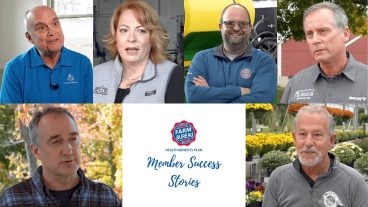
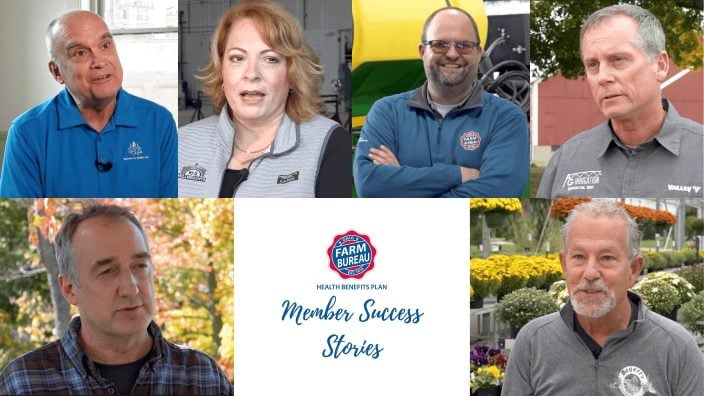
Hundreds of Ohio businesses and sole proprietors are raving about Ohio Farm Bureau’s Health Benefits plan with lower, predictable costs and easy enrollment and administration options.
Read More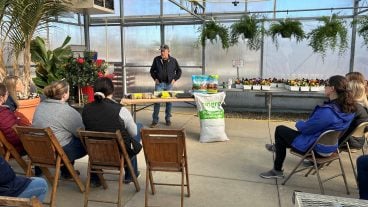
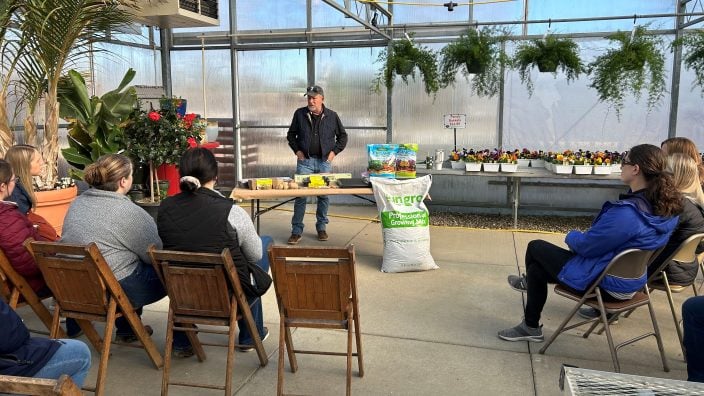
AgriPOWER Class XIV spent a few days in March in Medina and Wayne counties learning more about northern Ohio agriculture from leaders in Ohio Farm Bureau.
Read More